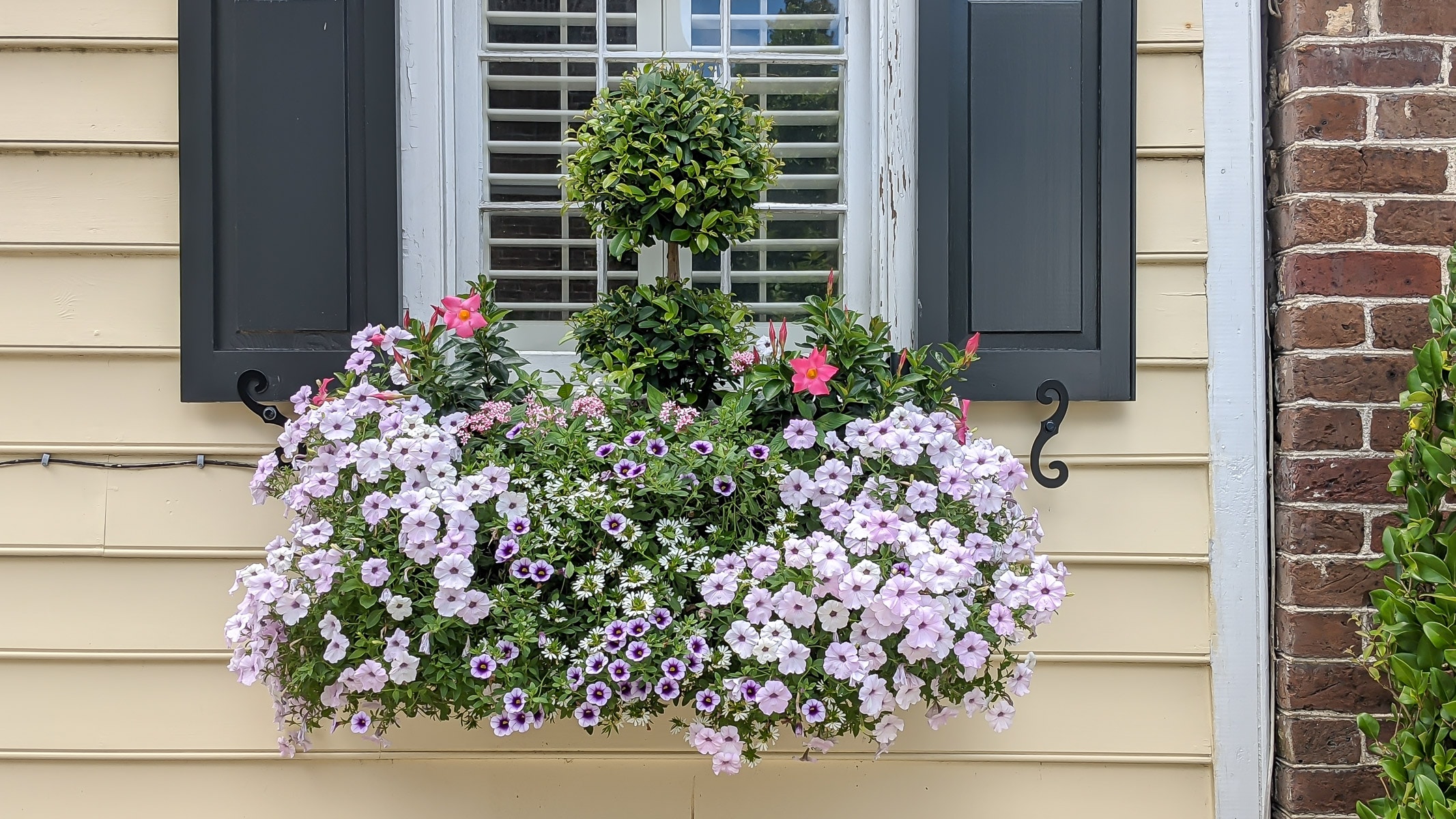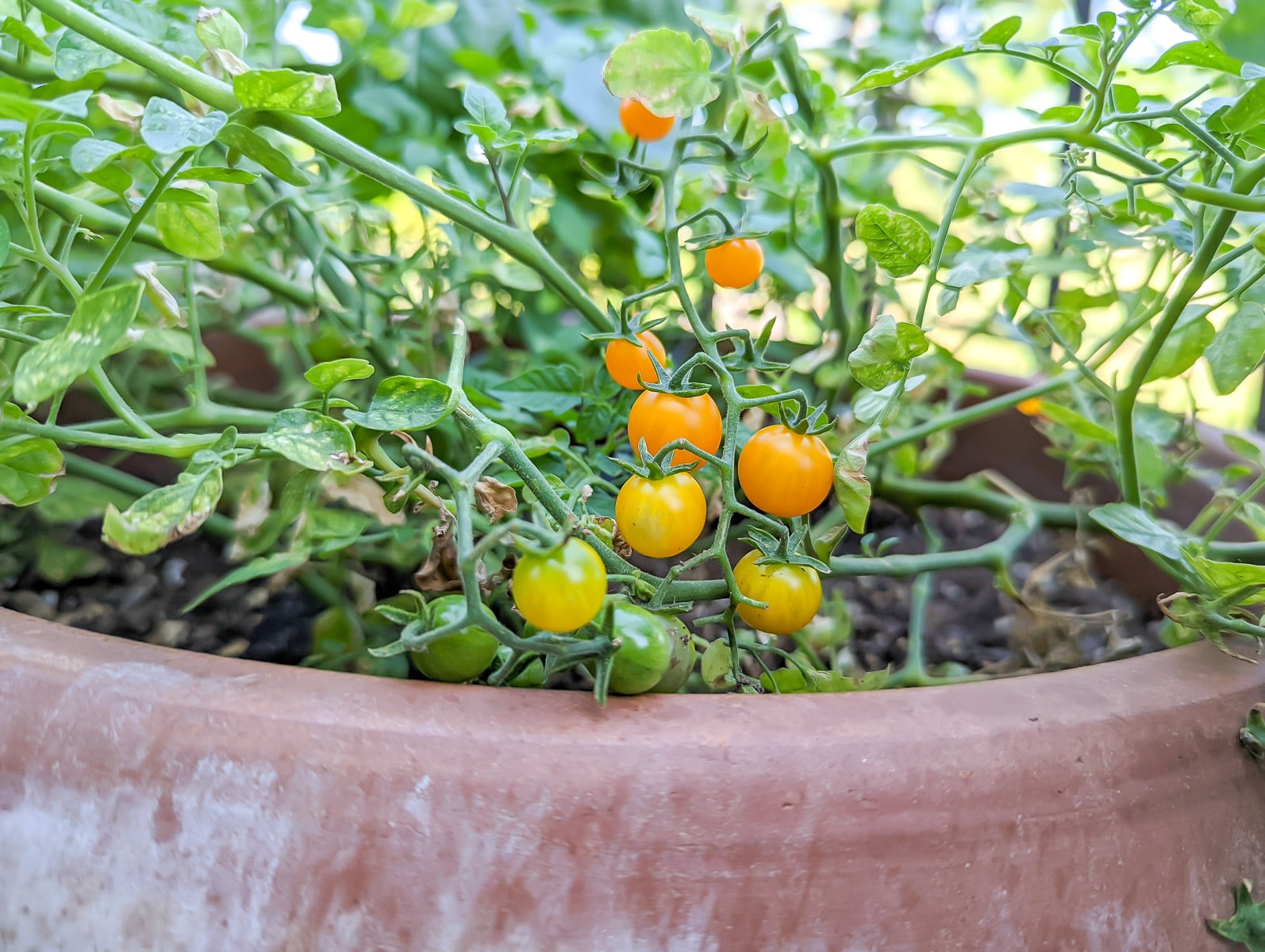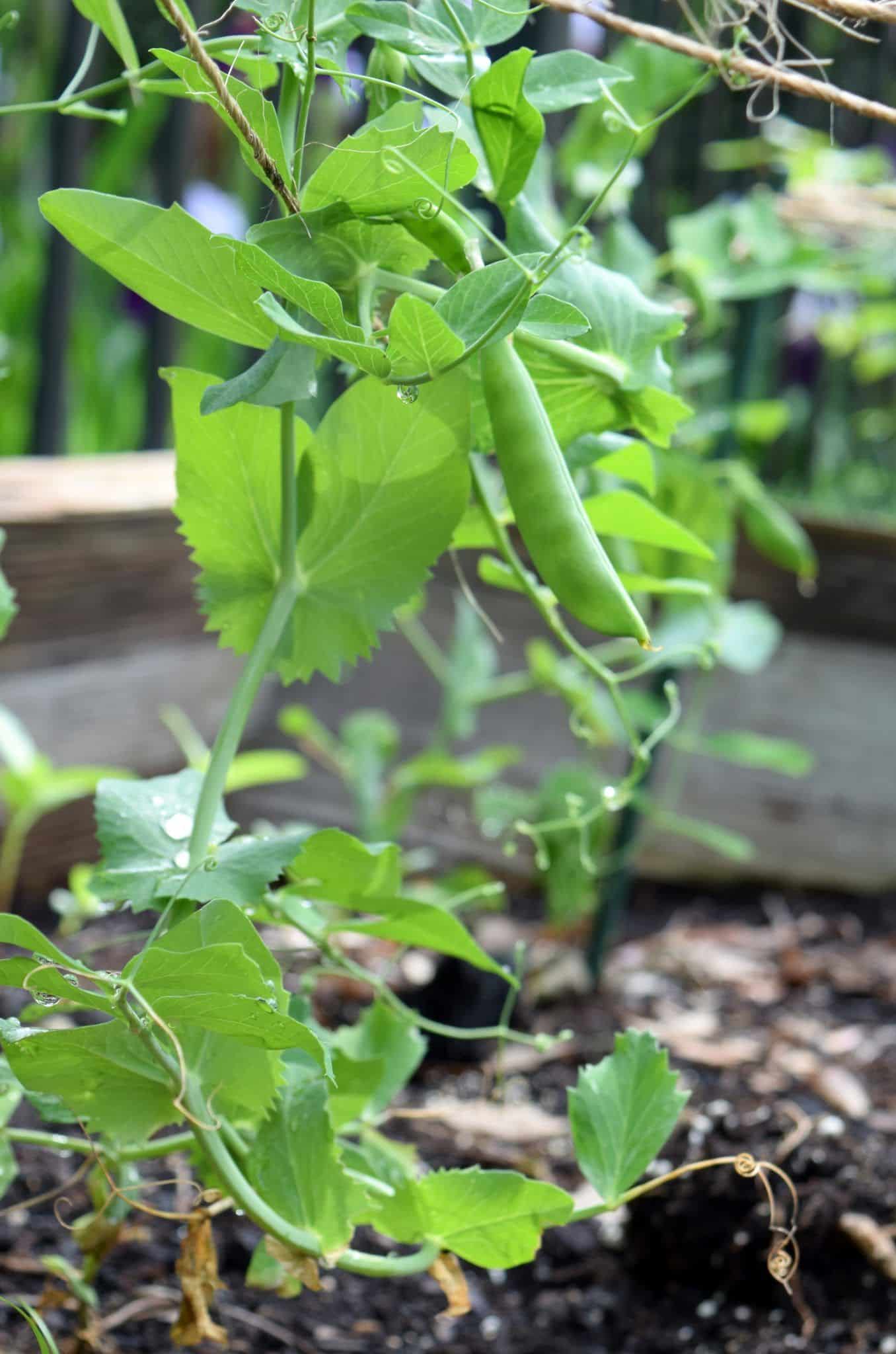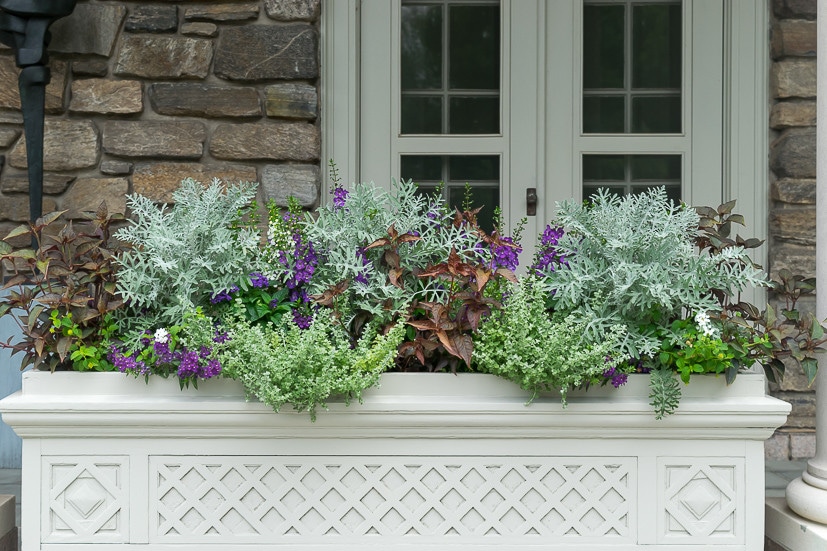Mid-Summer Vegetable Garden and Succession Planting
We returned home from our 3-week vacation and could not wait to see, in this order, Flora and our vegetable garden. Flora was all joy and sunshine, but our garden looked a wee bit sad. My dad diligently tended the garden in our absence, but the heat of Eastern North Carolina took its toll on my cucumbers.
All the brown stuff you see is dead cucumber plants. The green plants in the foreground of the picture are my zinnias and my cardinal vine. I did take a sample of my dead cucumber foliage to my local organic gardening store to be sure my plants didn’t succumb to a bacteria or fungus that would still be in my soil. The consensus at the shop was that it was just their time.
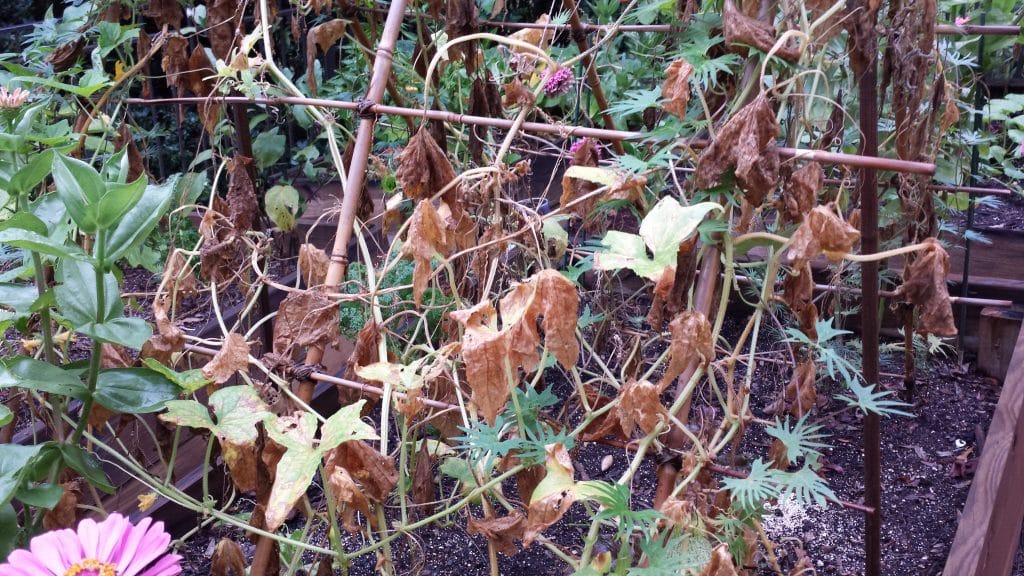
The long-time farmer there told me that cucumbers in our area have about a 90-day life span, which is about spot on for my cucumber plants.
Truth be told, I wasn’t all that sad to see those bitter, sorry-tasting cucumbers hit the road so that I could plant another variety in the space vacated.
Succession Planting refers to following one crop with another, as well as sowing the same crop at intervals throughout the growing season.
Here in the south, it’s easier to do that in areas with shorter summers, but that doesn’t mean that our northern neighbors can’t be getting crops in the ground right now too. I planted Olympian Cucumber Seeds (52 days to harvest) and Cross Country (53 days to harvest) on one side of my trellis.
I figure I might be getting cukes by the beginning of September if the gardening gods are smiling on me. On the other side of the trellis I planted Blue Lake Snap Pole Beans. We have a bean trellis that we’ve been trying to grow beans on for a while, but when the little seedlings poke their heads above ground it appears our local bunnies make short work of them. By having the beans in a raised bed it makes it harder for the bunnies to get to them. I should be picking bean by mid-September.
Not only does succession planting increase the yield of your garden, but it’s better for your soil to have plants in it than not. It has been estimated that in 1 teaspoon of soil there are somewhere between 100 million to 1 billion beneficial bacteria. These bacteria eat the ‘exudates’ (sugars, carbons, and carbohydrates) that the plants put in the soil through its roots. The bacteria are then eaten by protozoa. The excretions by the protozoa are readily available plant nutrition. It is estimated that up to 50% of photosynthetic energy is used to create exudates. Soils that are allowed to lie fallow don’t receive the benefits of these exudates, underscoring the importance of keeping plants in your soil year-round.
Tips for Successful Succession Planting
- As soon as space is available, sow a seed or plant a seedling. Use every square foot of your garden. When a plant’s time has passed, replace it with something else. Putting the dead, but disease-free, plants in your compost bin helps complete the cycle.
- Know your plant’s days to maturity. Even though we are still in summer, the days are getting shorter, so allow for lower light in calculating your days to maturity.
- Remember that your plants are getting the strong summer sun, which is much stronger than when you planted your seedlings or seeds in the spring. Keeping those seeds/seedlings moist is critical.
- Know the planting dates for your area. In my area, I can’t put my lettuce, spinach, broccoli, etc… in the ground for another month. Farmer’s Almanac will print a chart based on your zip code so that you can know the best sowing dates for a variety of crops
How’s your mid-summer garden? What are you putting in the ground now?
Please come visit again. The easiest and most convenient way is to sign up on our email list and whenever there is anything new, we’ll send Nourish and Nestle updates directly to your inbox.
Right now, subscribers to Nourish and Nestle will receive a free, downloadable Measuring Equivalents Chart overlaid on a watercolor lemon. You can see it here. Sign up to our email list (on my right sidebar) and we’ll send it to your inbox within 24 hours! If you are already a subscriber and would like a lemon measuring equivalents chart, send us an email with ‘lemon chart’ in the subject line and we’ll send you one too!
Until next time,



